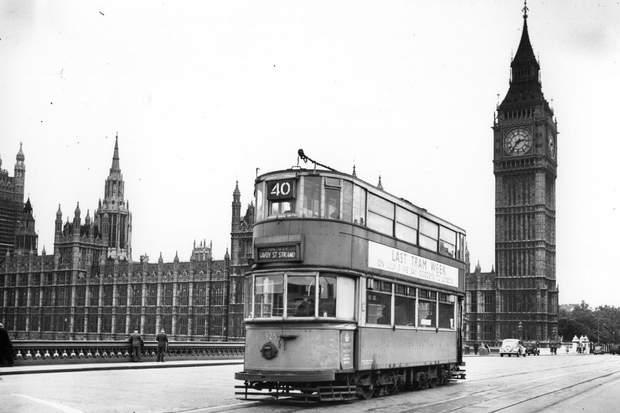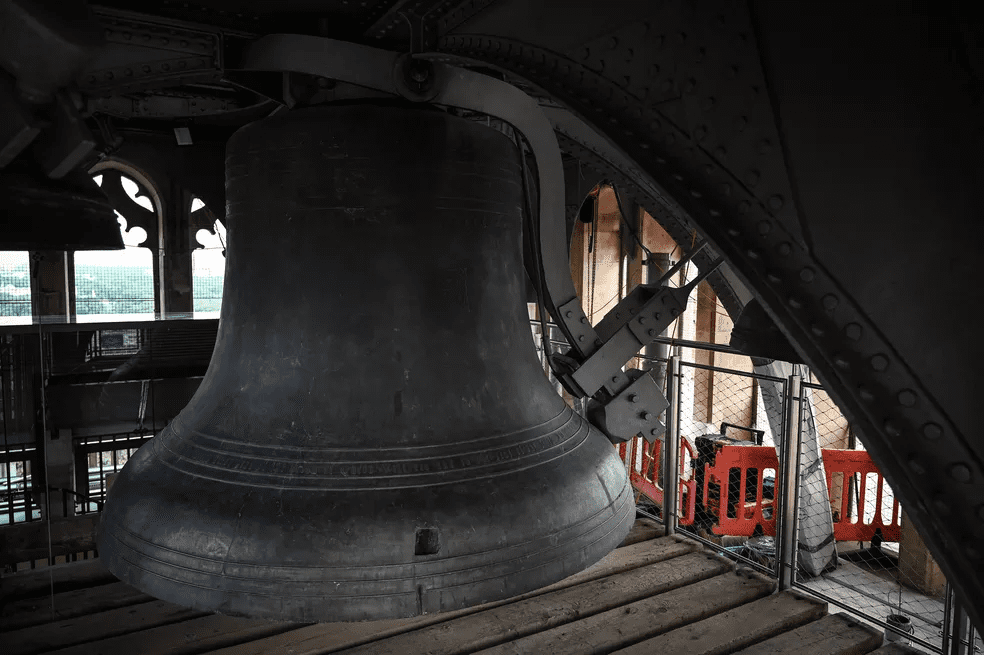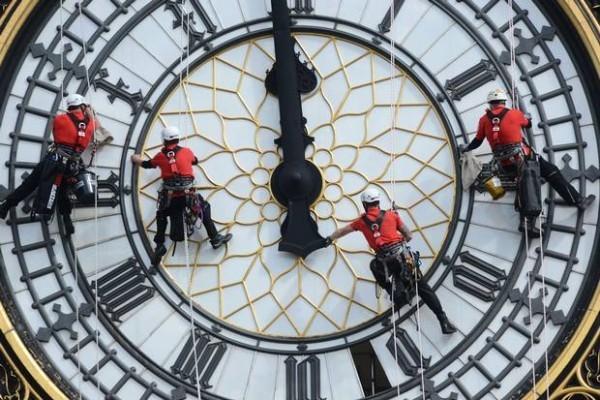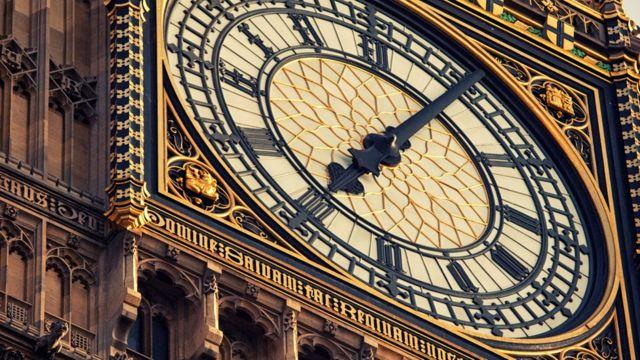London is associated with tea at 5 p.m., red telephone boxes, double-deckers and, of course, the most famous clock in the world, Big Ben. Interestingly, the clock had a completely different name at the beginning of its existence. At first, it was called Royal Victoria, then just Victoria and after that, it was named Big Ben. Today we will reveal more interesting facts about the most famous gem of Great Britain’s capital. Learn more at london-future.
History of the construction

The first clock tower was built in the 13th century in the historic district of London, Westminster as a decoration of the famous Westminster Palace and had nothing in common with the current architecture of Big Ben. The new tower was built because of a huge fire that happened in 1834. Two famous British architects, Charles Barry and Augustus Pugin, were involved in its construction. They created the new tower in the neo-Gothic style. However, its construction was finished in 25 years.
The scale of the new 96-meter-high tower is amazing. On May 31, 1859, the famous clock, which was located at a height of 55 meters above the ground, was launched for the first time. The diameter of the dial is almost 7 meters, the length of the hour hand is 2.7 meters, while the minute hand is almost twice as long, its length is 4.2 meters. Big Ben can surely be called a record holder as its clock mechanism weighs 5 tons. The chronometer is extremely reliable and precise with a possible error of only 2 seconds.
The most famous bells

For the first time, Londoners heard the loud ringing of giant bells in the summer of 1859. By the way, it was the bell that made the famous clock iconic among the residents of the city, as it remained one of the largest in the world for a long time. The weight of the bell is almost 14 tons, its diameter is 3 meters and its height is more than 2 meters. Big Ben is the largest but not the only bell on the tower. Smaller bells notify residents and visitors of the city every 15 minutes and Big Ben rings only at the beginning of each hour.
Origin of the name
Royal Victoria was the first name of the well-known bell. Historians still debate the origin of the name Big Ben and even came up with several theories. One of them assumes that the tower was named after the heavily built architect Benjamin Hall, who joked after the construction was finished that it would be great to name the clock in his honor. Another theory says that the tower got its name in honor of the famous boxer Ben Caunt, who was a large man and was one of the most famous in the heavyweight category. However, none of these theories have been officially confirmed yet. Londoners liked the name Big Ben so much that the clock took that name.
But despite this, the tower had the official name “clock tower of the Palace of Westminster”. In 2012, the tower received a new name in honor of Queen Elizabeth. But even in spite of this, residents and visitors of the city continue to call the clock Big Ben.
Meticulous care

The clock needs meticulous care, so every two days, specialists check the mechanism, lubricate it and also adjust the time, if necessary. The error can be corrected in an interesting way, using an English penny issued in 1971 even before the monetary reform in Great Britain. If you put such a coin on the pendulum, the hands speed up immediately by 2.5 seconds per day. If the clock is in a hurry, then the penny is removed to slow down the time. Big Ben has been showing the exact time for 160 years, owing to its time regulation system. Mechanism malfunctions occur very rarely, though, there were situations when Big Ben stopped. For example, it happened in 1962 due to heavy snowfall and in May 2005 due to abnormally hot weather in London.
The clock is also periodically overhauled. During one of those repairs, it was decided to improve the clock’s security system. In the past, you had to climb 334 steps to get to the highest point of the tower. Now you can use a lift. During the installation, the workers came across an interesting find. One of the pieces of glass had the inscriptions of the workers who built Big Ben. They scribbled the date and their names. There were also some important notes about the dimensions of glass and other materials that were used for construction. It is interesting that those notes were also relevant at the time of the lift installation. That piece of glass was left in the ventilation shaft, so if they had not decided to install a lift, it would definitely not have been found.
In addition to the central tower, a lot of its small copies have been installed throughout London. You can come across them at intersections.
Interesting facts about Big Ben

The clock is so old that many interesting historical facts have emerged about it. One of them is that Big Ben isn’t straight-standing. It is vertically deviated by 0.26 degrees and at the very top the deviation reaches 43 centimeters. However, Big Ben is not classified as a falling tower because the angle of inclination is almost imperceptible.
Big Ben has its almost official copy in the city of Aden. In 1890, the British built a smaller copy there, when Yemen was a colony of Great Britain.
The tower clock should be wound three times a week by a special team of clock caretakers. According to the contract, the workers must live no more than 2 hours’ drive from Big Ben in order to arrive promptly in case of any unforeseen situation.
The clock face is washed every 5 years. British authorities hire a team of climbers who descend from the top of the tower and wash everything by hand. This process is quite long-lasting because the dial glass should be washed carefully and without pressure.
In the past, a large number of gas lamps were used to illuminate the clock. At dusk, a specialist climbed the tower and had to light numerous lamps quickly. Nowadays, electric lighting is used for this purpose. However, during the Second World War, the clock was not illuminated at all not to make the tower a target for enemy aircraft. During all the years of the war, only one shell hit the tower and most likely it happened by accident. It didn’t cause any significant damage, as only the decorative ornament and the clock facing were affected.
It is interesting that the first bell, which was installed on the tower in 1857, didn’t pass the test. It was mounted on the tower to test the sound, but on the first strike, the bell split in two. Maybe, a mistake was made on the stage of its creation. After that, craftsmen cast a new one, which is used till today. By the way, the ring of the bell can be heard at a distance of several kilometers from the tower.
According to surveys, Big Ben is one of the biggest tourist attractions. Its image is often used on postcards and souvenirs. In terms of popularity, Big Ben is at the same level as the famous Eiffel Tower in Paris. Thus, it is not surprising that all tourists visit the famous tower in the first place. Although access inside the tower is allowed only to technical personnel, there are always crowds of tourists near the famous clock.